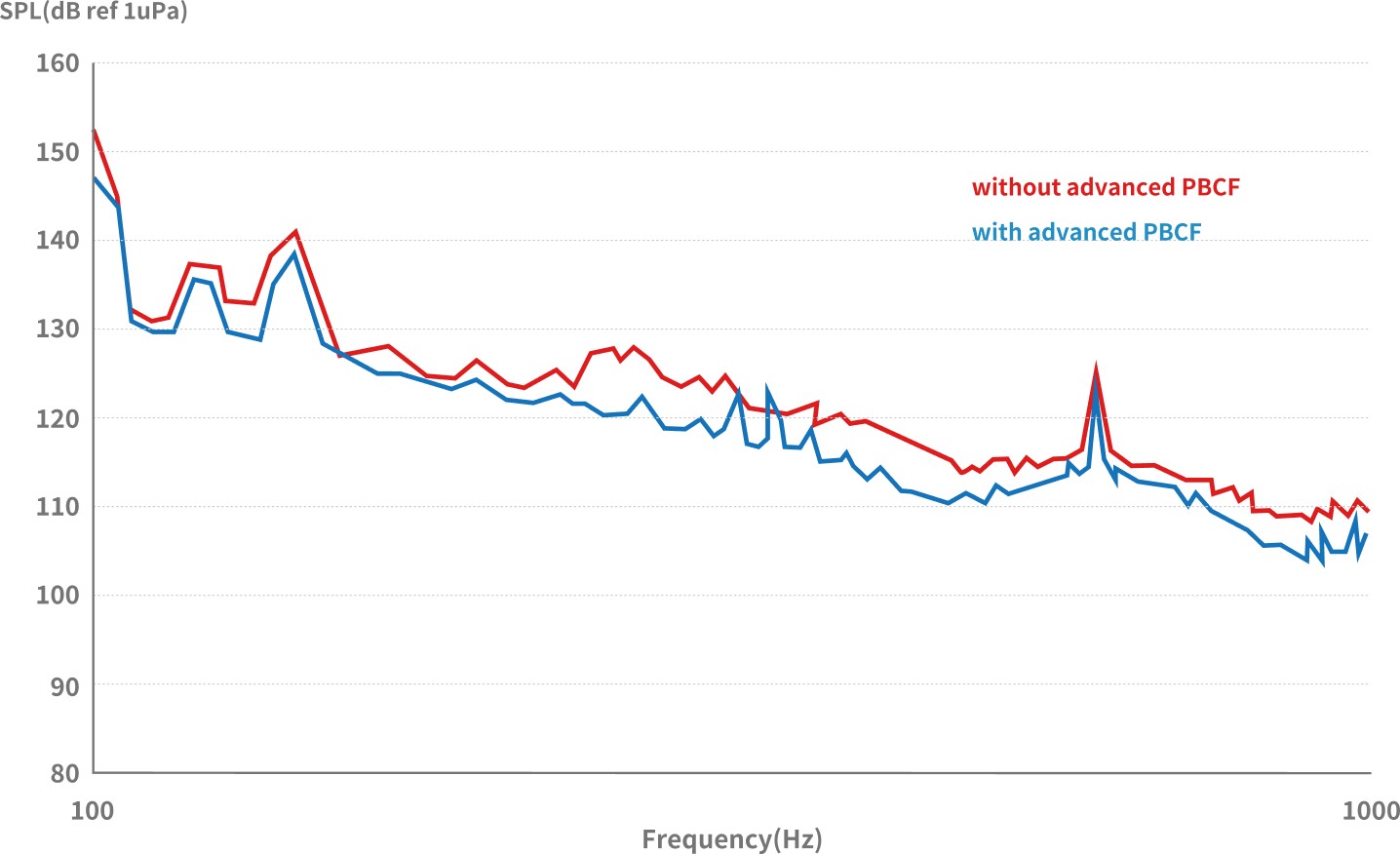Advanced PBCF
Technology
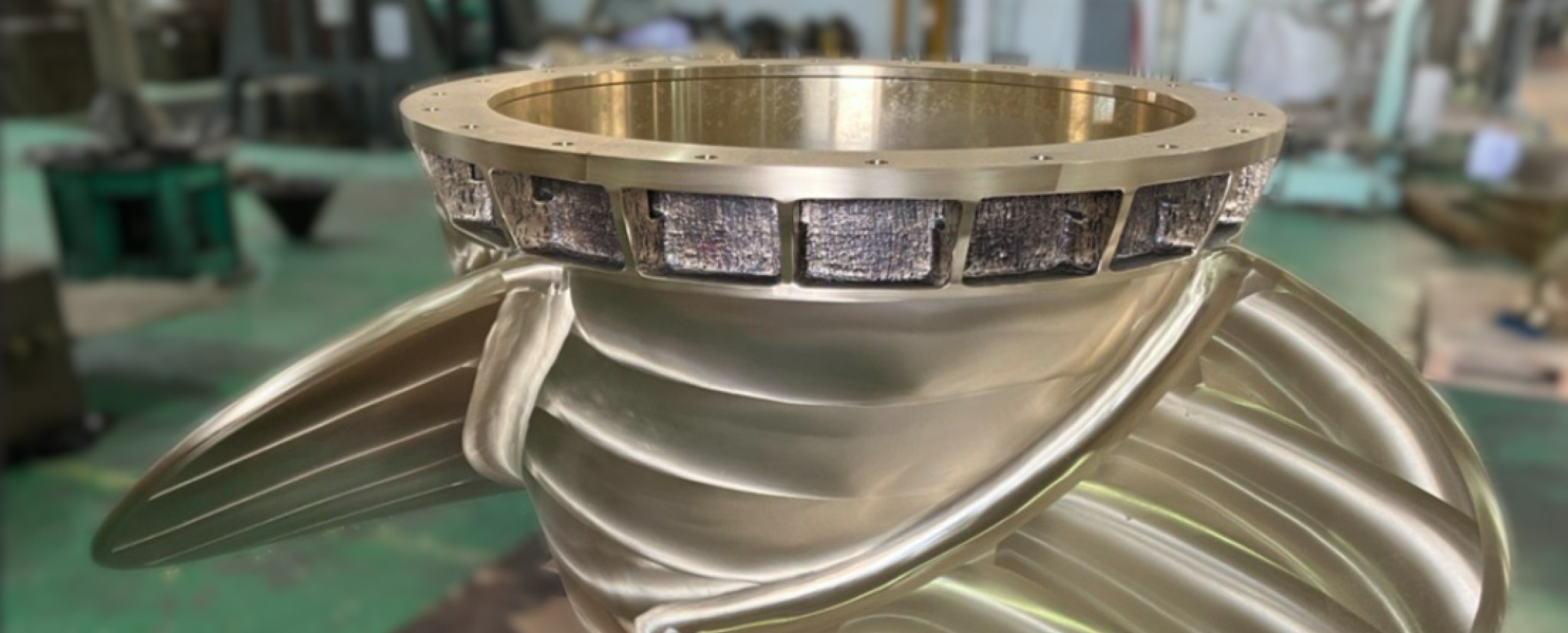
A masterpiece born from 30 years of technological innovation
Advanced PBCF is launched by the pioneer of ESD with the 30 years of experience all over the world.
The fin shape of the PBCF has been completely optimized, achieving even greater energy-saving effects.
Features of Advanced PBCF.
01
Further energy-saving effects through the refined fin shape.
02
Launched in May 2017
03
More than 1,200 orders
(as of March 2025)
Strength of Advanced PBCF
Strength 01
Improved Effect
Effect of PBCF has been improved, such as reducing resistance by eliminating the hub vortex, increasing thrust with the ground effect, and gives the fins a strong push in the same direction as the main propeller rotation.
Strength 02
Proven Effect on Actual Vessels
Confirmed approx. 3-5% improvement in fuel savings on the modern eco-ship.
The effect of Advanced PBCF
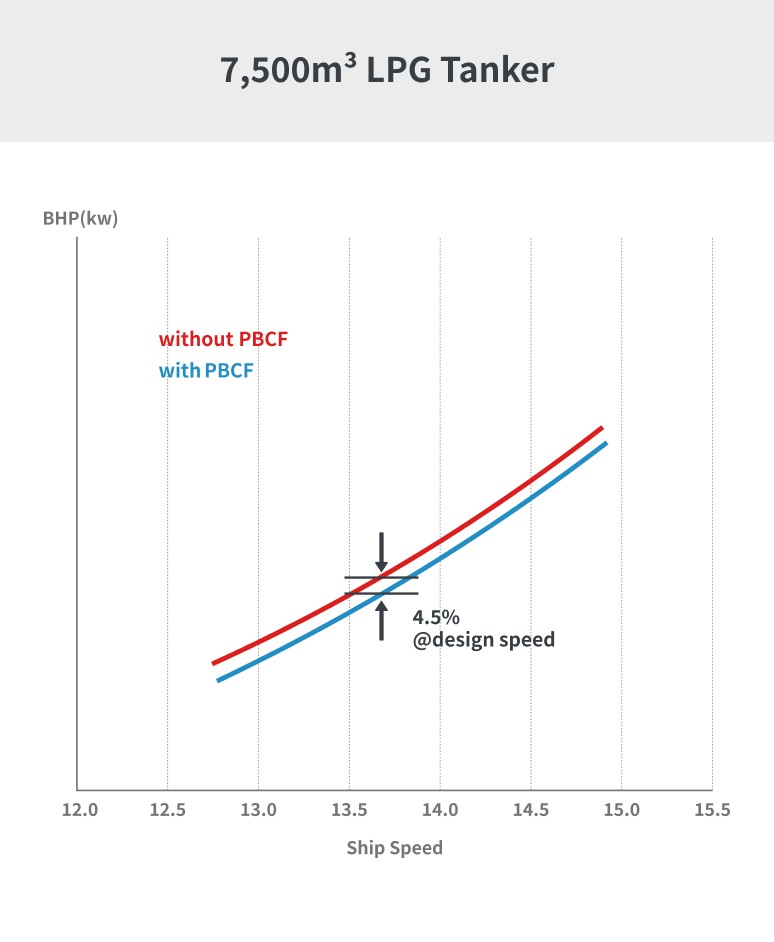
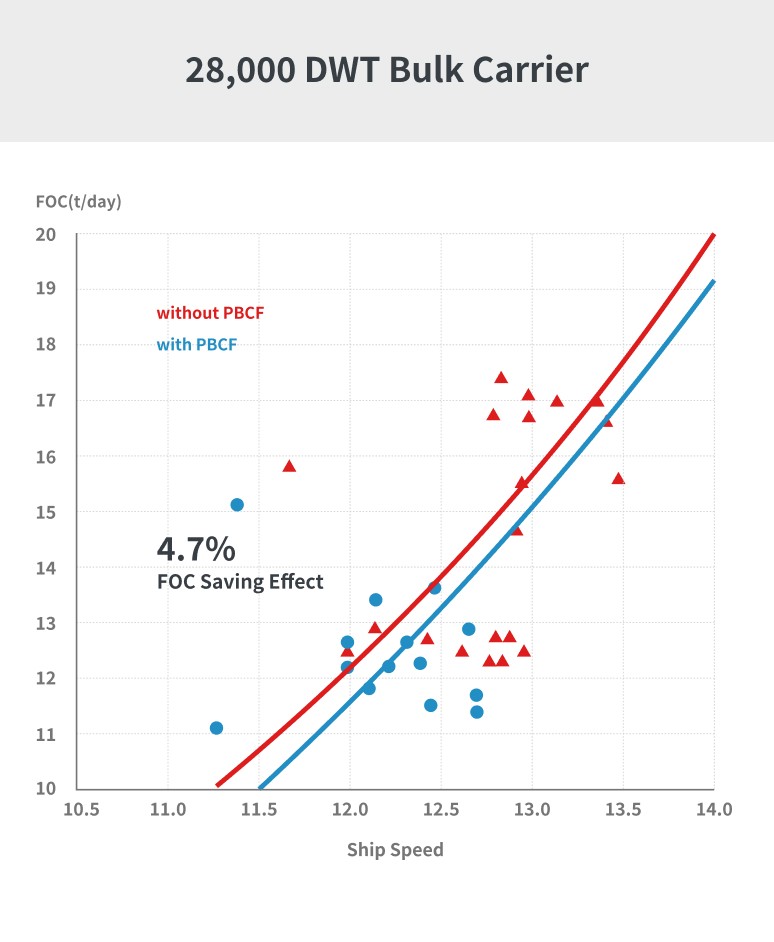
Conventional vs Advanced
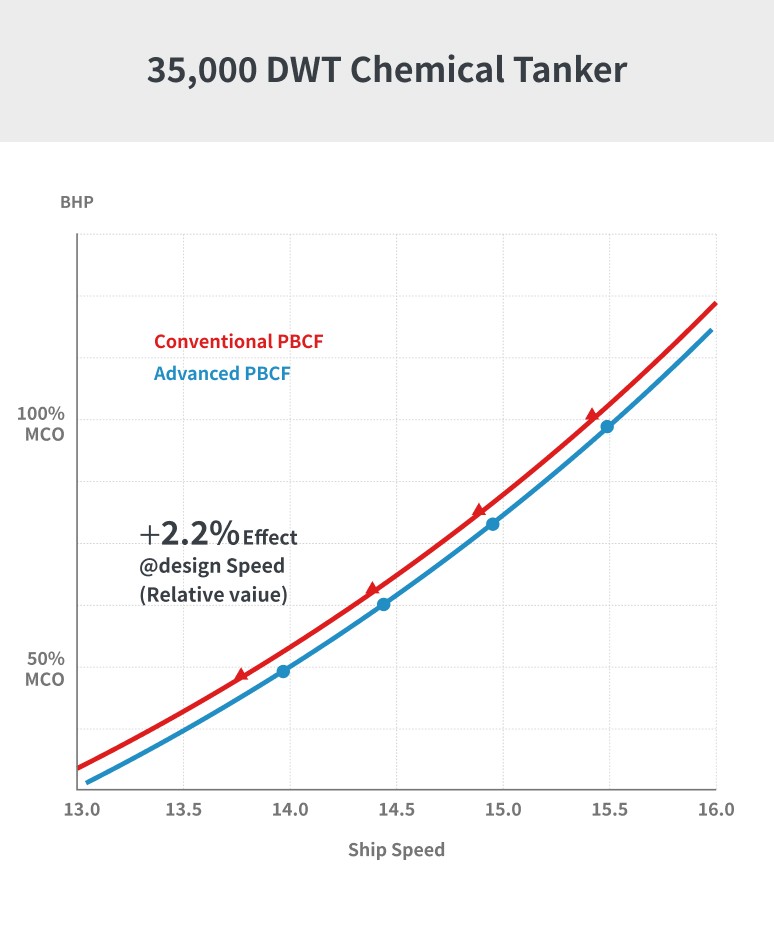
Strength 03
Combined Effect with Other Energy-Saving Devices
Combined Effect of Advanced PBCF and Other Energy-Saving Devices based on Model Test Results
The Advanced PBCF is compatible with ducts and pre-swirl fins placed in front of the propeller, achieving the following fuel-saving effects:
PBCF with Duct
Fuel-saving effect of PBCF alone (approx. 3%) + Effect of duct
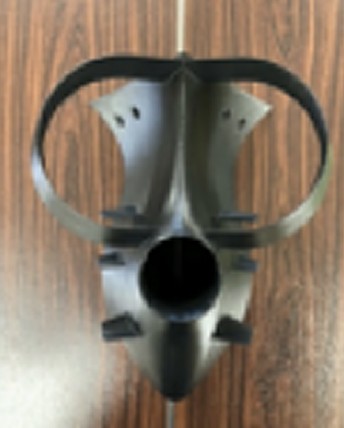
Model of Schneekluth Duct
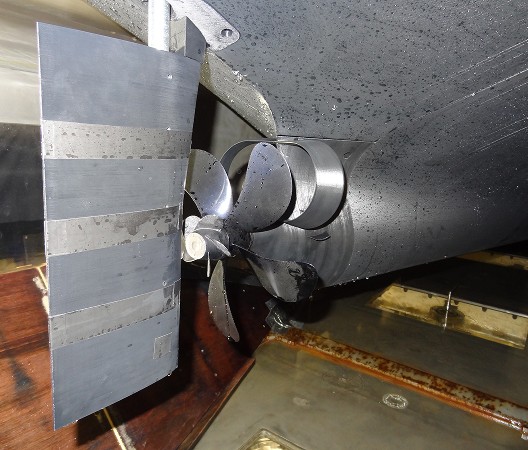
Aft view of Schneekluth Duct with Conventional Rudder


PBCF with pre-swirl fins
Fuel-saving effect of PBCF alone (approx. 2-4%) + Effect of pre-swirl fins
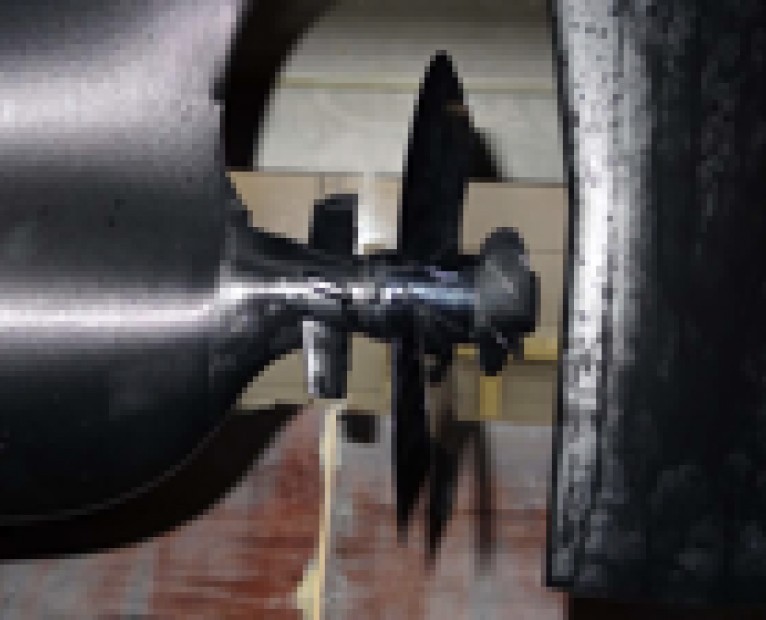
PBCF with pre-swirl fins
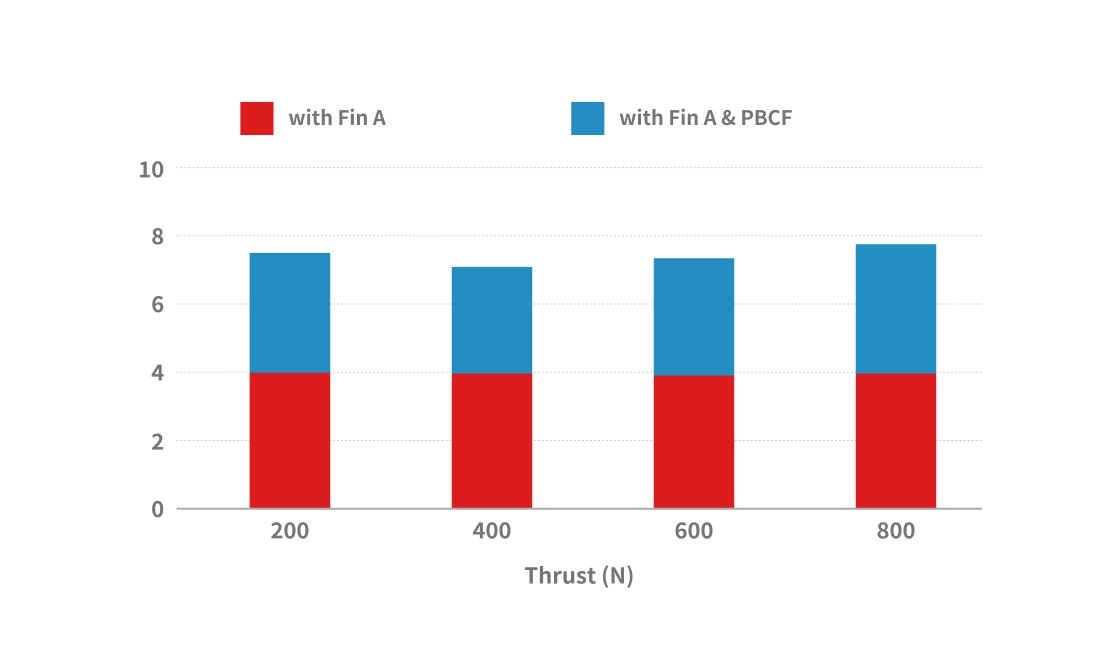
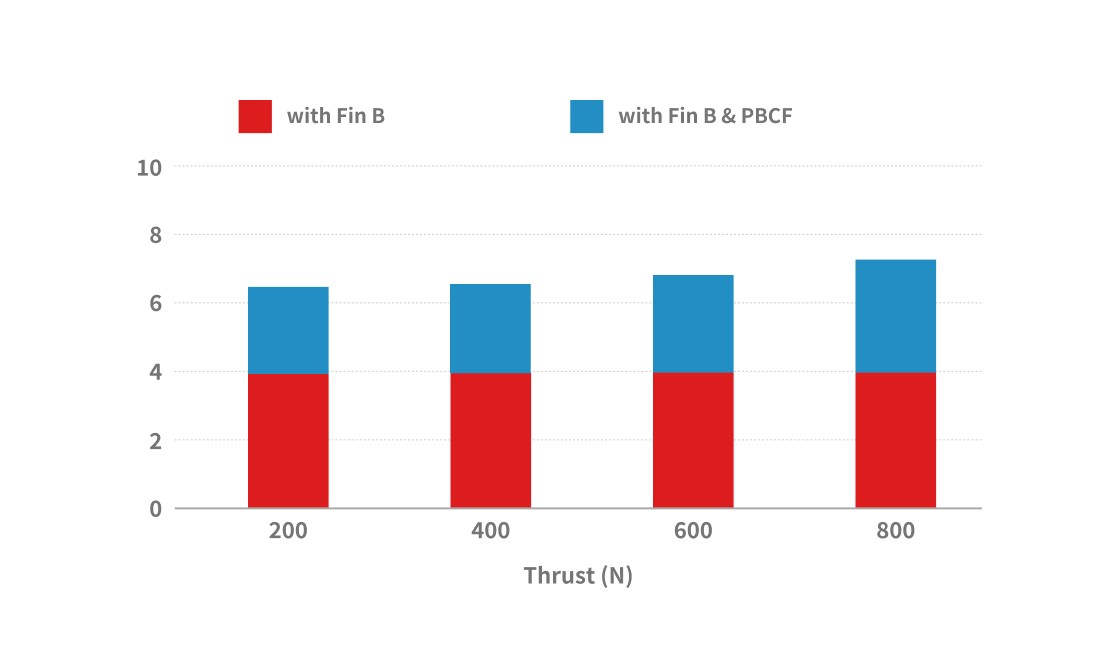
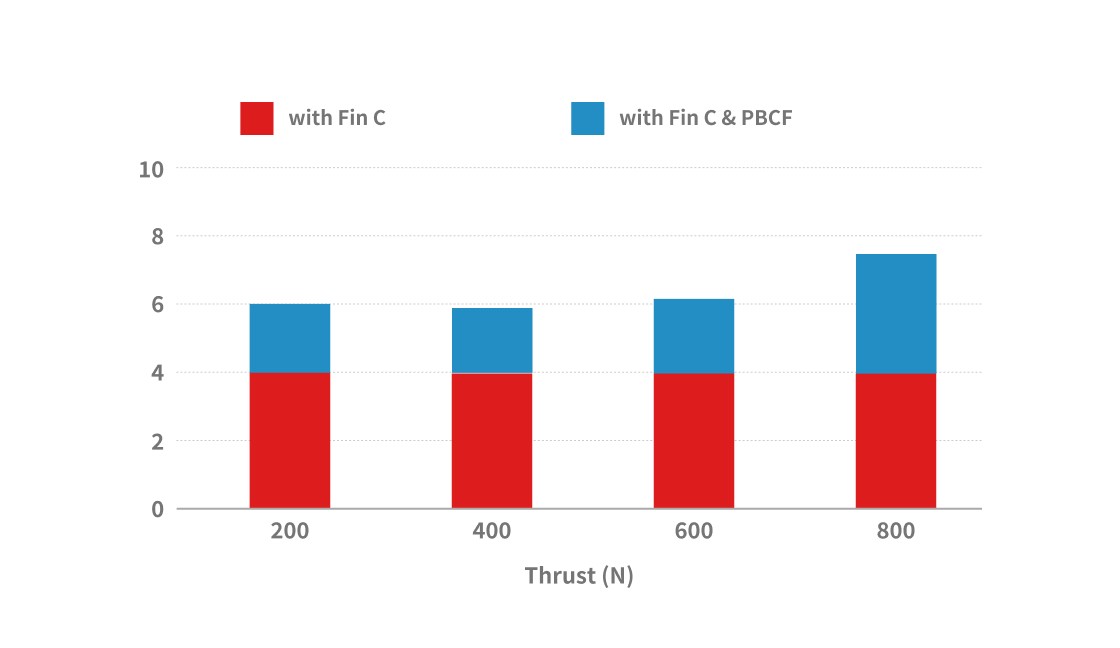
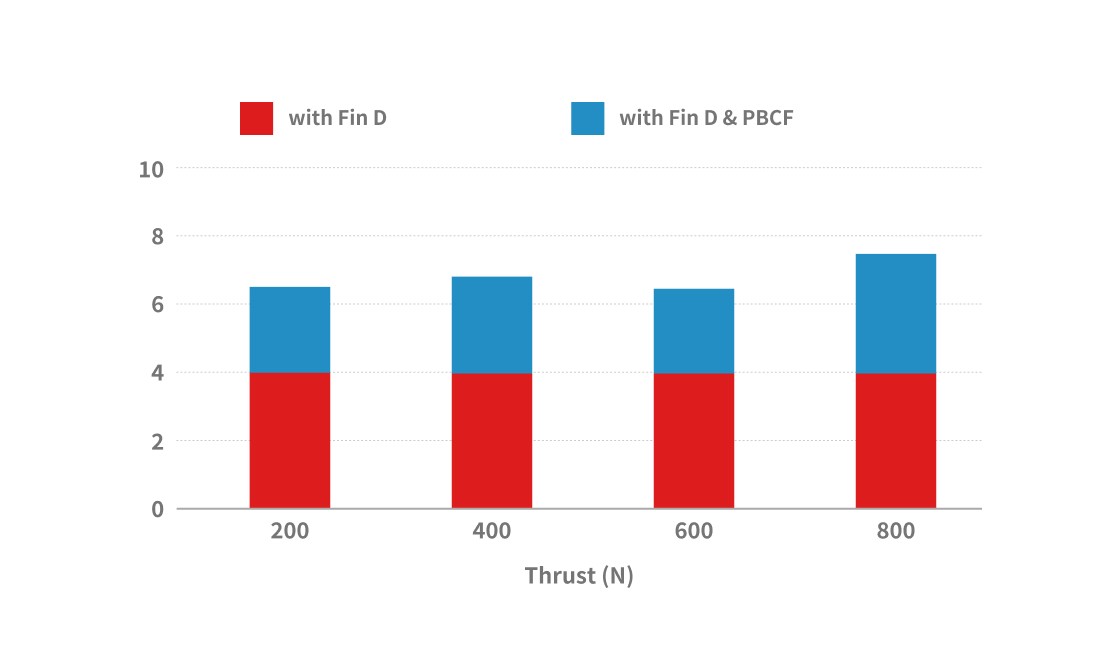
PBCF with Rudder Bulb
PBCF can also be effective when combined with rudder-bulb and rudder-bulb with fins.
PBCF can achieve energy savings of approximately 1% even when combined with rudder-bulb or rudder-bulb with fins, with the effect being particularly significant during steering. PBCF is always located directly behind the propeller and continues to eliminate hub vortex even during steering, thus maintaining its hub vortex reduction effect.
On the other hand, the rudder valve moves away from the position directly behind the propeller during steering, which reduces the hub vortex reduction effect.
without rudder-bulb
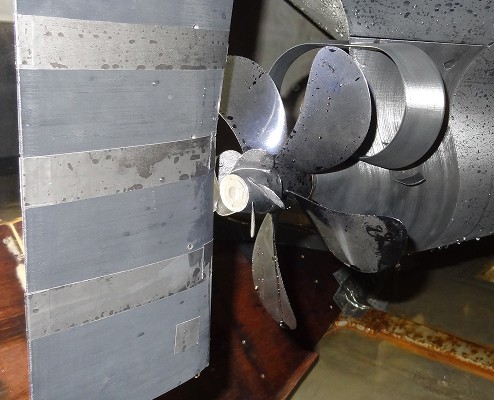
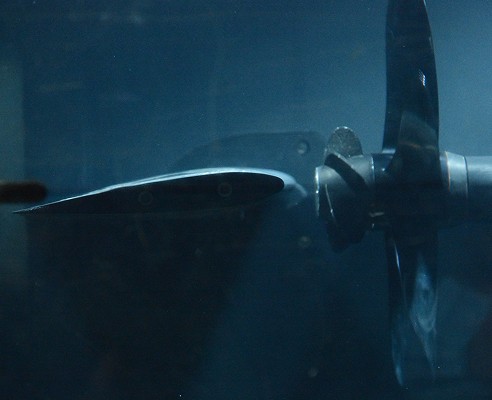

with rudder-bulb
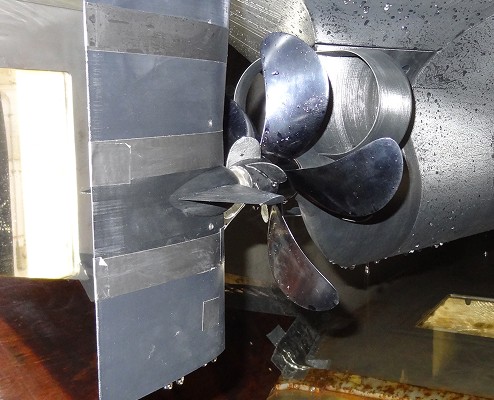
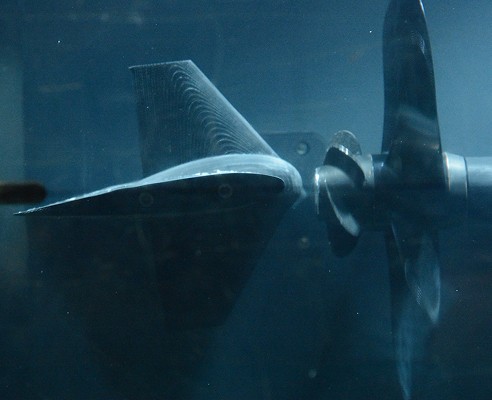

Strength 04
Relentless Pursuit of Energy-Saving Technology
Unravelling the Energy-Saving Effect on Actual Ships by Reproducing the Estimated Wake Distribution of Actual Ships in Model Tests
In a model test that reproduced the estimated wake distribution of actual ships, we confirmed the excellent effect of the improved PBCF (over 4.0%).
Normal cap
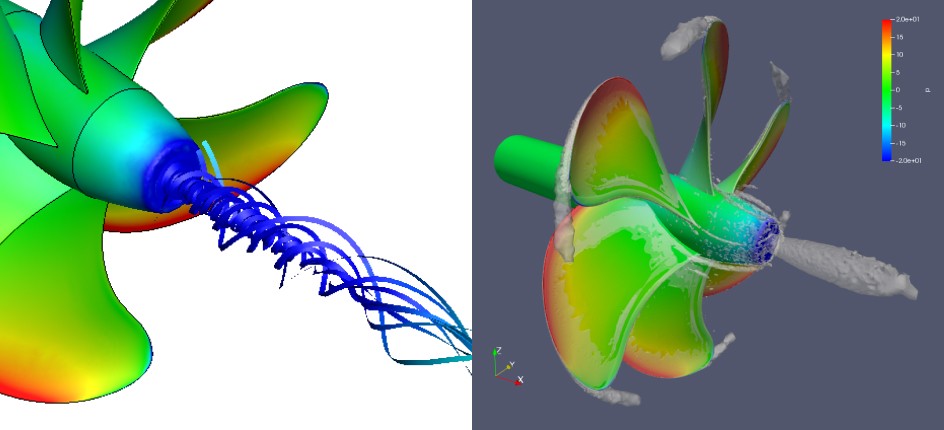
Advanced PBCF
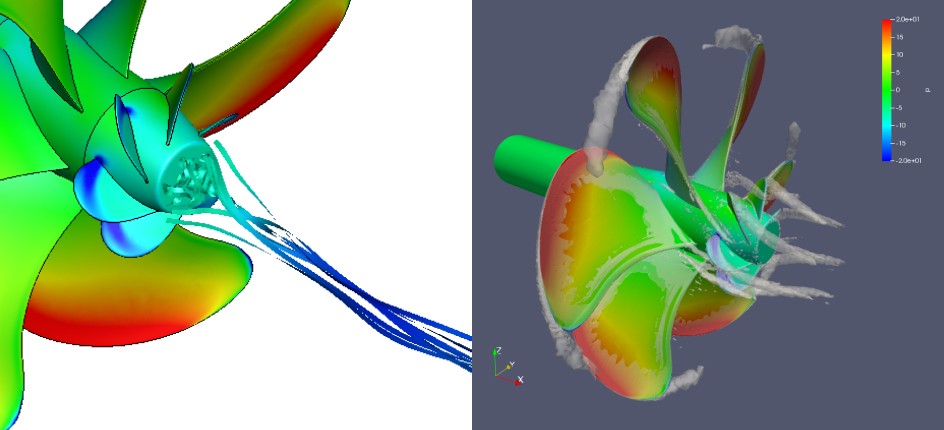
Model test(Reverse POT)
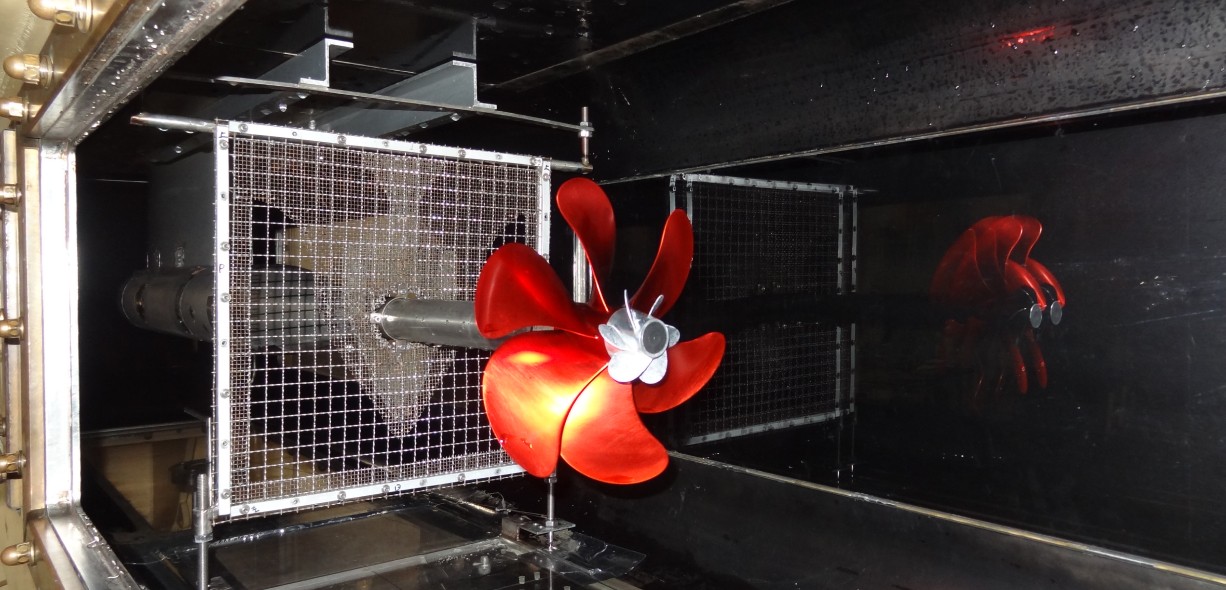
Effect of PBCF

Strength 05
Contribution to Marine Environment Conservation through Underwater Noise Reduction
Importance of Underwater Noise Mitigation Based on IMO Guidelines
Underwater noise is known to have adverse effects on marine life. The International Maritime Organization (IMO) has developed guidelines on underwater noise to reduce its impact on the marine environment.
While the IMO guidelines on underwater noise are currently non-mandatory, there is a growing possibility that new regulations will be made mandatory in the future, making underwater noise mitigation increasingly important.
Underwater Noise Reduction Effect of the Advanced PBCF
The improved PBCF has been demonstrated to reduce underwater noise by approximately 5 dB in the 100-1000 Hz frequency band in tank test.
This represents an effective reduction of underwater noise in the low-frequency band, which can have negative impacts on marine life.
without PBCF
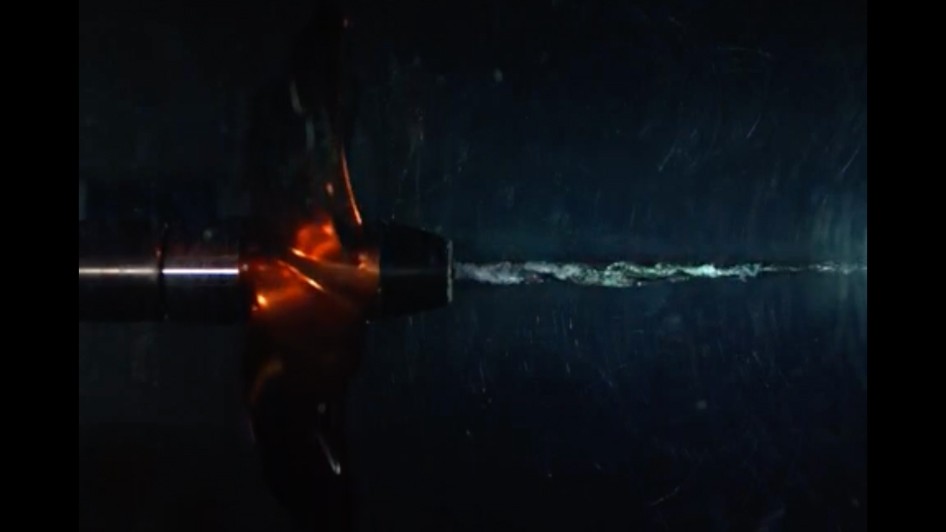
Hub vortex and cavitation occurred downstream of the normal cap.
with PBCF
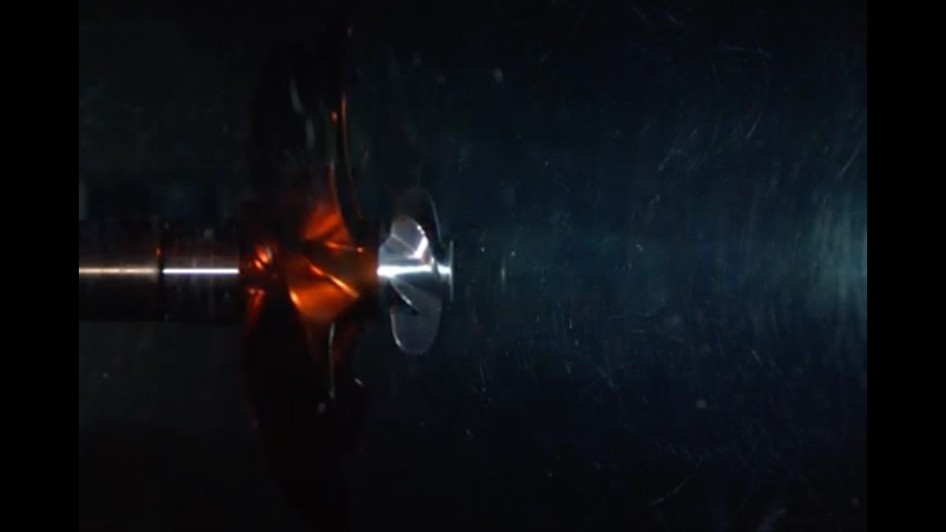
Hub vortex and cavitation eliminated.
